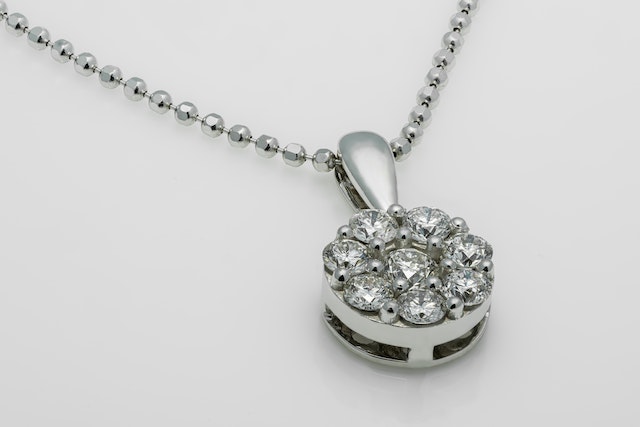Jewelry has long captivated human civilization, adorning bodies with a blend of elegance, symbolism, and personal expression. From ancient civilizations to modern times, jewelry has held a special place in our culture, reflecting the values, aesthetics, and craftsmanship of each era. Join us as we embark on a captivating journey through the annals of jewelry history, discovering the hidden stories behind some of the world’s most breathtaking treasures.
- Ancient Beginnings: Our expedition commences in the dawn of civilization, where jewelry made its first appearances. In ancient Egypt, pharaohs and queens adorned themselves with exquisite gold and gemstone jewelry, symbolizing their power and divinity. Mesopotamia, Greece, and Rome also boast rich legacies of jewelry, with intricate designs featuring mythological motifs, precious stones, and intricate metalwork.
- Medieval Opulence: As we venture further in time, we encounter the opulence of the medieval era. Jewelry became a symbol of wealth and status for the nobility, featuring intricate filigree, enameled surfaces, and precious gemstones. The Renaissance period brought a renewed fascination with art and culture, influencing jewelry design with motifs inspired by nature, classical mythology, and religious iconography.
- The Age of Exploration: With the Age of Exploration, new trade routes and discoveries from distant lands introduced a fascinating array of gemstones and precious materials. The Elizabethan era witnessed the rise of pearl jewelry, while the Baroque period featured grand, ornate pieces adorned with colorful gemstones like rubies, emeralds, and sapphires. Intricately crafted cameos and intaglios gained popularity, telling stories through finely carved gemstones.
- The Victorian Era: No journey through jewelry history would be complete without exploring the enchanting era of Queen Victoria. Symbolism played a significant role in Victorian jewelry, with designs featuring motifs such as flowers, hearts, snakes, and lockets containing precious keepsakes. The Industrial Revolution brought technological advancements, enabling mass production and making jewelry more accessible to the growing middle class.
- Art Nouveau and Art Deco: The turn of the 20th century marked a shift in jewelry design. Art Nouveau celebrated flowing, organic forms inspired by nature, with artists like René Lalique creating masterpieces adorned with enamel, pearls, and semiprecious stones. The Art Deco movement emerged in the 1920s, characterized by geometric shapes, bold colors, and the innovative use of materials like platinum, diamonds, and jade.
- Contemporary Expressions: Finally, we arrive in the modern era, where jewelry becomes a platform for individual expression, breaking free from traditional conventions. Contemporary designers experiment with unconventional materials, repurposing everyday objects and embracing minimalism or maximalism. Customization and personalized jewelry are on the rise, allowing individuals to create unique pieces that reflect their personalities.
Conclusion: As we conclude our journey through jewelry history, we are reminded of the enduring allure of these precious adornments. Jewelry has transcended time and culture, captivating generations with its beauty, symbolism, and craftsmanship. From ancient civilizations to the modern world, it continues to be a tangible reflection of our culture, identity, and personal stories. So next time you admire a beautiful necklace, a sparkling ring, or a delicate bracelet, take a moment to appreciate the rich tapestry of history woven into every precious piece.
